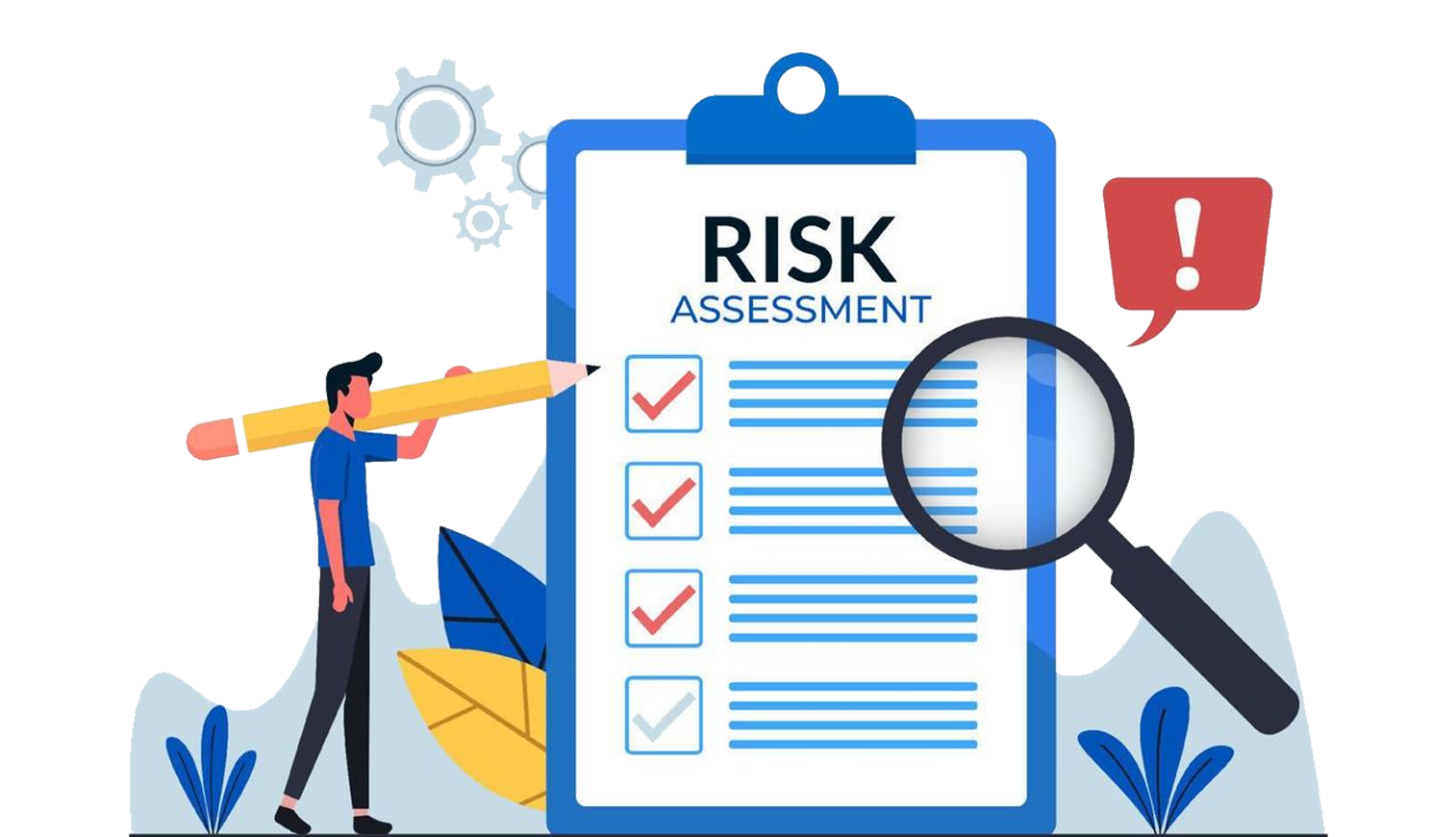An RCSA framework is used by companies to analyze their operational risk.
The RCSA was developed after a four volume report on internal controls was released by the Committee of Sponsoring Organizations of the Treadway Commission in 1992. The systems would become a standard in evaluating compliance with the Foreign Corrupt Practices Act (FCPA).
The RCSA framework is also often used by financial institutions to meet regulatory requirements for an annual self review of operational risks firm-wide. Notwithstanding its use in the financial industry, it could also be used as a methodology for evaluating third-party vendor risks.
An RCSA has become an accepted means of satisfying corporate governance requirements and acts as a valuable audit tool.


